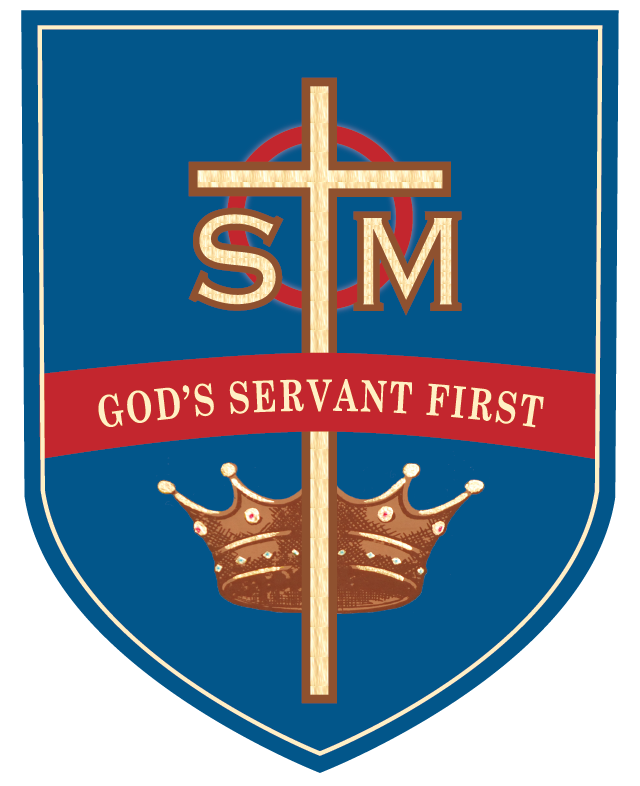The Creed by Deacon Peter McShurley
August 8, 2019
Every sentence of the Nicene-Constantinopolitan Creed, defined at the Councils of Nicaea in 325 AD and Constantinople in 381 AD, bears with it a truth about God and our Catholic Faith that makes a difference. Last week’s bulletin column focused on the word consubstantial and the true divinity of Jesus Christ. This week we will look at an aspect of the Creed that always deserves emphasis and meditation. That is that God created the world good, both the material and the immaterial.
After professing that we believe in one God, we profess him as the creator of heaven and earth, both the visible and the invisible. During the early centuries of the Church there were many currents of thought in the society that tried to deny the goodness of creation. Three of these currents of thought were the Stoic Philosophers, the Gnostic religions, and the Manicheans, to name but a few. They all have in common that the material world was viewed as evil, and our life is about trying to free ourselves from our bodiliness to reach the pure spiritual realm. In this view the force of evil and the force of good are equal forces locked in battle. In contrast to this view the Catholic faith presents a different outlook. We believe in one God who created the earth as well as the heavens, the visible as well as the invisible. In Genesis we read that after each day, or stage of creation, God saw that what he created was good. After creating Adam and Eve, the pinnacle of creation, he even says that they are very good. As human beings we are not souls trying to escape our bodies, rather, our bodies are good, have dignity, and deserve reverence and respect. While it can seem at times that our bodies are warring against our souls as St. Paul talks about in his letter to the Galatians, this is due to the effects of original sin and does not take away from the fact that we are fundamentally created good.
We are one being, body and soul, so much so that we do not become angels in heaven. In the last line of the Creed we profess belief in the resurrection of the body. In eternal life we will be united as body and soul but glorified, suffering no pain or aging. This belief in the resurrection of the body is the reason why Catholics give reverence to their bodies even after death. The body that was anointed in baptism and confirmation and received our Lord in the Holy Eucharist is called to be a temple of the Holy Spirit for eternity. This is one reason why at a funeral Mass, the remains of the deceased are incensed symbolizing that even one’s body is holy. This is also why for many centuries the Church did not allow cremation. In the early centuries of the Church many other religions burned their dead. The early Christians, however, buried their dead as a sign of belief in the resurrection of the body in eternal life. While the Church still recommends burial of the body, this can be an undue financial burden for many people. That is why today the Church allows for cremation. However, even after cremation we still incense the urn at the funeral Mass and treat the remains of the deceased with reverence and care. We do not scatter the ashes of our loved ones as is sometimes shown as a romantic gesture in movies. We keep the remains of our loved ones in one place, interring them in a place of respect that is blessed. God created the world good. As human beings we are created as body and soul, and in body and soul we are called to reflect God’s love and goodness.
August 2019

